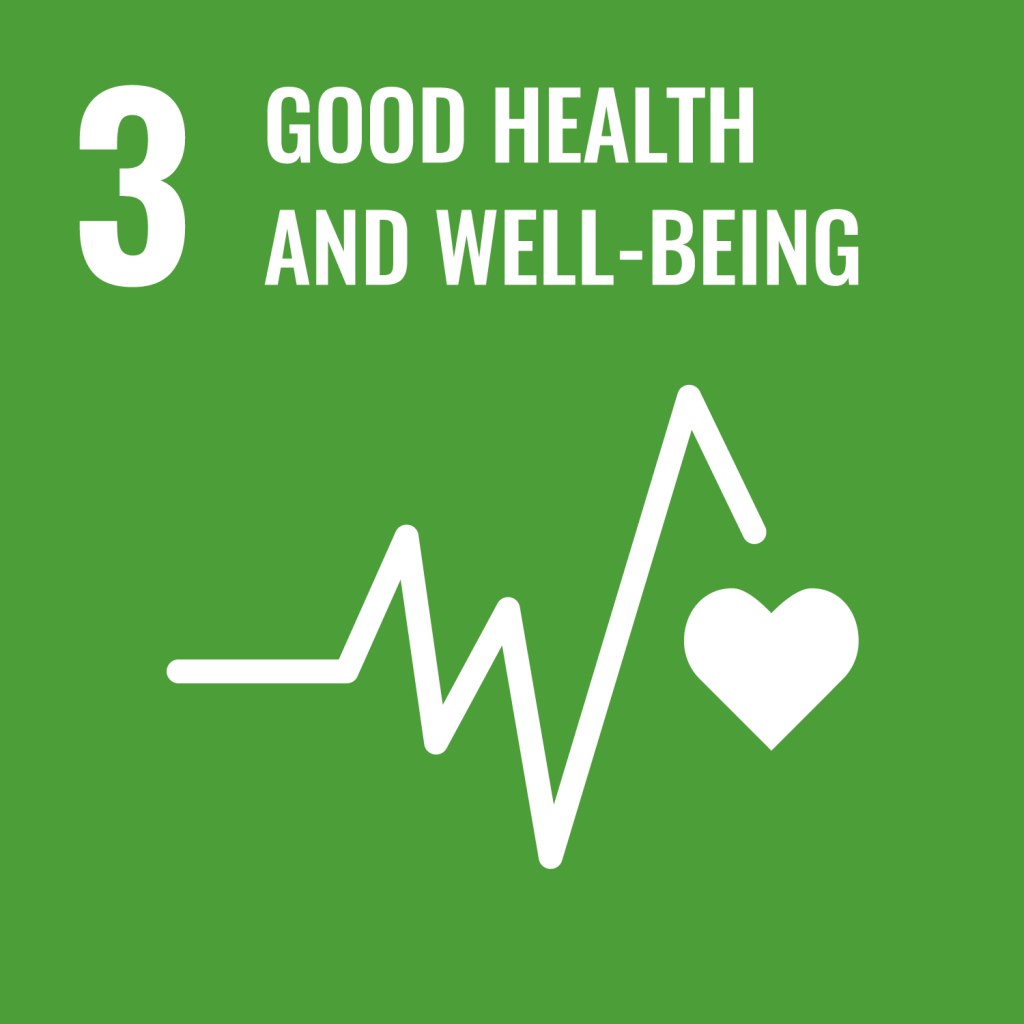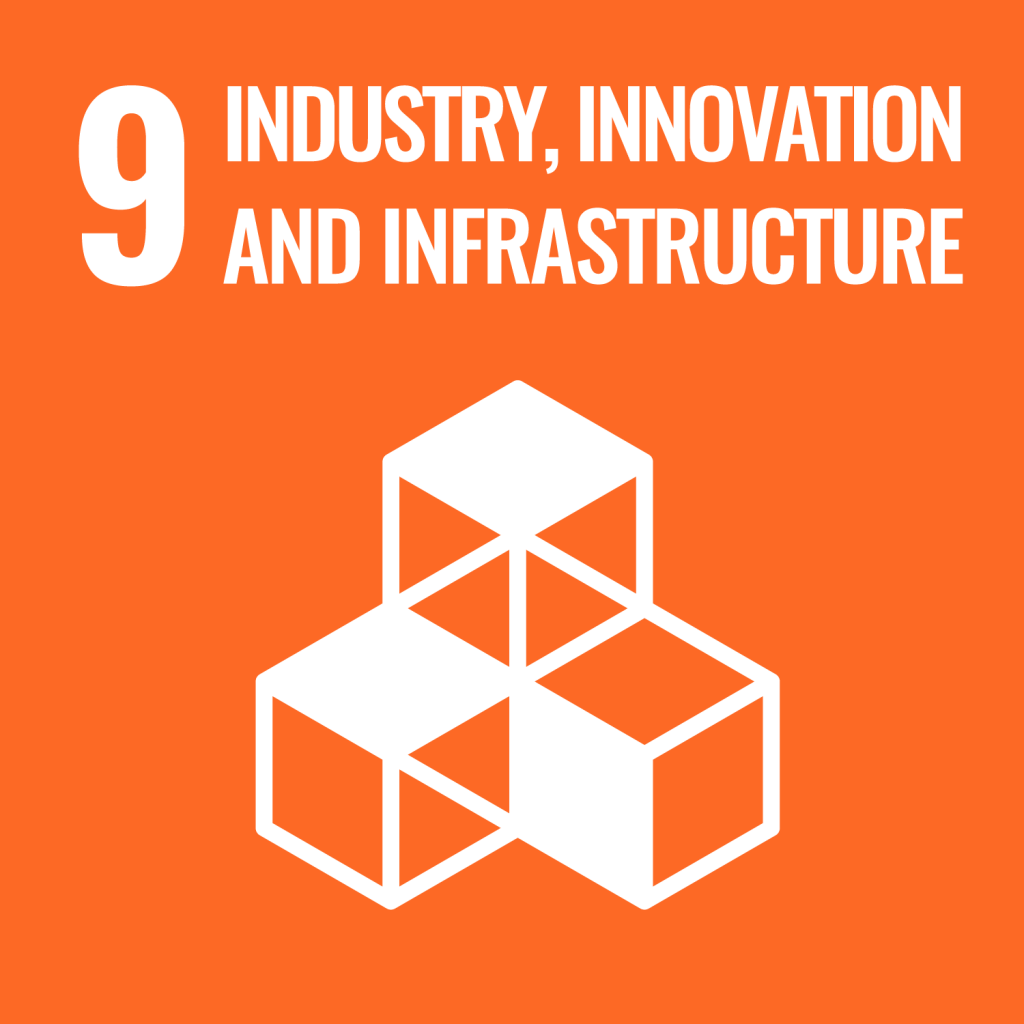Quarry
Small (10-49)
Tertiary
Professional
Lesson
Leverage internal Green Team and external sustainability associations to increase influence and bandwidth to implement initiatives. Allocate dedicated staff to lead sustainability volunteers. Executives can embrace into values loudly to create a company-wide culture of sustainability & social impact.
Background
The company provides marketing and business services to companies marketing new technologies. The company joined Sustainable Waterloo Region (SWR), a not for profit organization that helps businesses and organizations achieve carbon, water, and waste reductions through collaboration and education. Quarry participated as a volunteer in a working group to help SWR determine a Carbon Reduction Framework for future members and now also includes waste and water reduction targets. They began working on the creation of a GHG Reduction Action Plan toolkit, which enabled members to conduct preliminary energy audits, identify cost-effective GHG reduction projects, and communicate their action plan to management teams. The organization realized they could reduce their energy bill by 18% with a short-term payback period for the capital investment required.
The company established an internal Green Team and created a formal framework to guide their activities, titled the “eQo Environmental Strategy”. This framework allows them to work on a more consistent basis, and has five focus areas: net zero carbon emissions, environmental stewardship, employee engagement, community engagement, and public/client awareness of Quarry’s sustainability values. The strategy includes several ambitious long term goals over the next ten years:
- 90% GHG emission reductions from 2015 levels, with the remaining emissions offset
- Zero waste processes, artifacts, events, and client deliverables
- Capping individual business trip emissions with 5% annual emissions reductions overall, and
- 80% of employees use a green method of transportation 50% of the time.



Sustainability Story
The partnership with SWR moved the organization’s sustainability practices forward. As the organization’s leadership recognized sustainability was a value sought by employees, the internal Green Team benchmarked the organization against local firms to remain competitive in attracting talented employees. Further, as some of Quarry’s clients see themselves as sustainability leaders and an increasing number of potential clients are requesting sustainability audits in addition to technical audits, they have leveraged their knowledge on GHG emissions reduction to expand business value.
Early on, the organization also recognized that some sustainability initiatives also have significant cost savings. For example, waste reduction initiatives have enabled them to reduce the frequency of waste pickups, and the COCW initiative allows them to realize utility savings by putting the building into an unoccupied state each Wednesday. While cost savings, employee attraction, and competitive advantages were not the initial reasons for taking on sustainability practices, Quarry is beginning to realize these additional benefits and they may help continue to drive these practices forward.
Quarry Practices
| Target Net-Zero Corporate Carbon Emissions | Waste Management with Partners |
|---|---|
| Pledged and achieved an emissions reduction target of 25% over 2011 levels through major energy efficiency renovations, upgrades and practices. This includes offsetting 100% of building-related GHG emissions through partnerships. | Share cost of recycling and compost collection with two local businesses. Investigating potential partnerships with other local businesses to promote sustainability |
Pathway Map
Target Net-Zero Corporate Carbon Emissions
View the Pathway MapWaste Management with Partners
View the Pathway MapKey Actors in Ecosystem
|
Clients: Increasing requests from potential clients for sustainability information. Partners: Sustainable Waterloo Region private sector member organizations tools to track emissions, goal setting, peer networking, and overcoming barriers. Bullfrog Power: gauging energy use and offsetting electricity and natural gas emissions. Local businesses: Block 3 and Biergarten cost sharing of recycling and composting. Local utilities companies: energy and water audits with recommended actions. |
Enabling Factors for Practices
| Internal to the organization | External to the organization |
|---|---|
| Individual with science background: User Experience Designer, Green Team leader): instrumental in revitalizing Green Team and formalizing long-term strategy. | Clients: Increasing requests from potential clients for sustainability information. |
| Operational Green Team with formalized environmental strategy with a mid-level manager capable of bridging the Green Team and senior leadership. The team also was able to identify through an employee sustainability survey identified additional staff members that are interested in helping to implement Green Team initiatives. | |
| Senior Leadership: Interest in organizational sustainability and Quarry President sits on Green Economy Canada board and shares ideas and learnings with green team members to advance sustainability efforts. This creates momentum for the team and validation to their efforts. | |
| Investment: Major energy efficiency renovation in 2010 and ongoing energy efficiency upgrades and practices. | |
| Partnership: Offset 100% of building-related GHG emissions through Bullfrog Power. | |
| Awareness communications: Provision of sustainability resources and weekly Green Tips to staff, informed by staff ideas and sustainability surveys. Curb Our Carbon Wednesdays (weekly work from home policy. Investigating options to further reduce business travel and install an electric vehicle charger. | |
| Tech platform: video tool used for weekly eQo Green Tips (expensive to license but already used for other core business activities). Dedicated eQo email address and Google chat room for idea sharing or suggestions from staff, and web resources and knowledge repositories on sustainability practices, including rebate programs |
Arresting Factors for Practices
| Internal to the organization | External to the organization |
|---|---|
| Lack of organizational job post: No dedicated role or employee focused on sustainability work. | Landlords: As building tenants, energy efficiency renovations are subject to landlord approval. Tenant status also currently prohibits use of renewable energy. The building was sold in January 2020 and they must now build a relationship with new owners, whose stance on sustainability is currently unknown. |
| Extra work load for volunteers: Green Team progress is driven by individuals’ passion for sustainability, creating burn-out risks. Green Team activities must be conducted during non-billable hours or on own time - a lack of time is cited as the largest barrier to Green Team progress, and is exacerbated by the pandemic. | Incentives information accessibility: Identifying and determining eligibility for incentives is complex and difficult. |
| Budget: Green Team activities have a small budget. Project budgets are usually too small to qualify for incentives. | Certification costs: The cost of building certifications (e.g. LEED) prevents certifying their building after energy efficiency renovations. |
| Lack of metrics and/or data: To determine business travel emissions and waste tracking. | |
| Remote work: Reduces employee engagement with the Green Team due to less in-person interactions. Further reduces time and resources for Green Team activities or planned projects including delays in approaching other businesses in the community regarding sustainability partnerships. |
